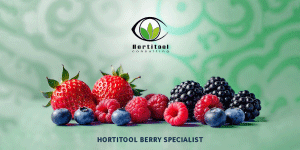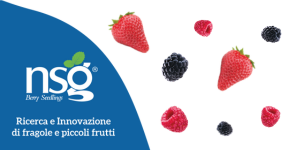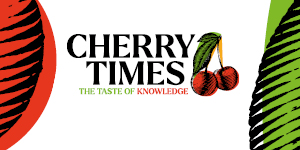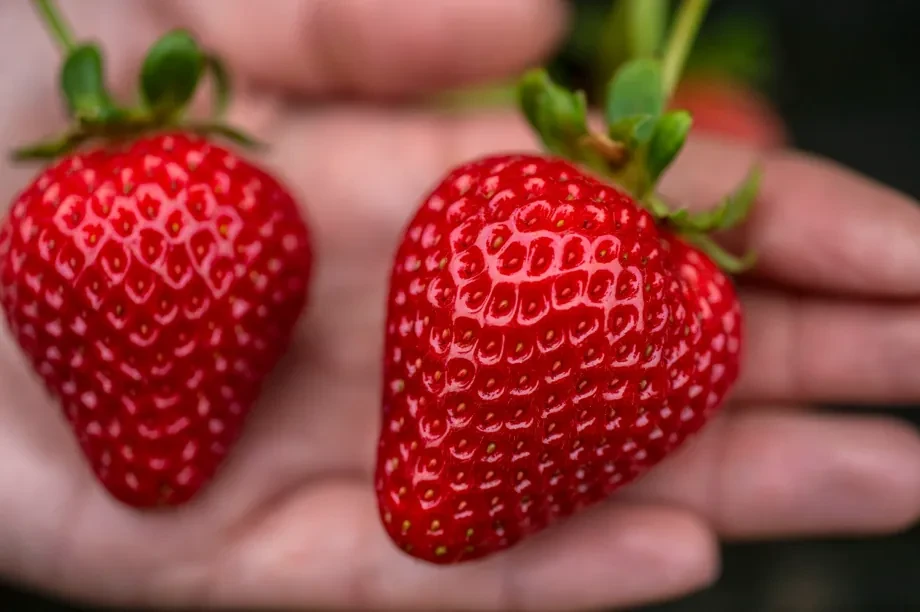Plant breeding is an absolutely fundamental part of the berry industry. It plays vital roles in both rising to industry challenges as well as taking advantage of new opportunities in the berry market.
Historically, breeding may have been seen as a slow and isolated process, but today it is at the forefront of industry development thanks to its dynamism, use of cutting-edge technologies and greater awareness of market needs.
The berry sector continues to grow rapidly on a global scale. Rising demand for high-quality, healthy products is pushing breeders to develop more advanced genetics that fuel this expansion.
At the same time, growers face significant pressures from climate change, increased production costs, and shortages of reliable labour.
Meeting evolving consumer expectations
Improved cultivars are central to addressing these issues. Breeding must strike a balance, creating varieties that satisfy growers’ operational requirements while meeting the expectations of consumers.
Flavour is one of the strongest purchasing drivers in berries. Retailers and consumers now demand cultivars with clear, recognisable taste profiles, supported by biochemical attributes such as sugar–acid balance and aromatic compounds.
Breeding programmes increasingly integrate sensory evaluation and analytical chemistry into their processes.
Varieties like the Von blackberry, Gladiator blueberry and Royal Royce strawberry demonstrate how flavour and productivity can be combined.
These cultivars deliver both high yields and consistent taste, encouraging repeat purchases and enhancing category value.
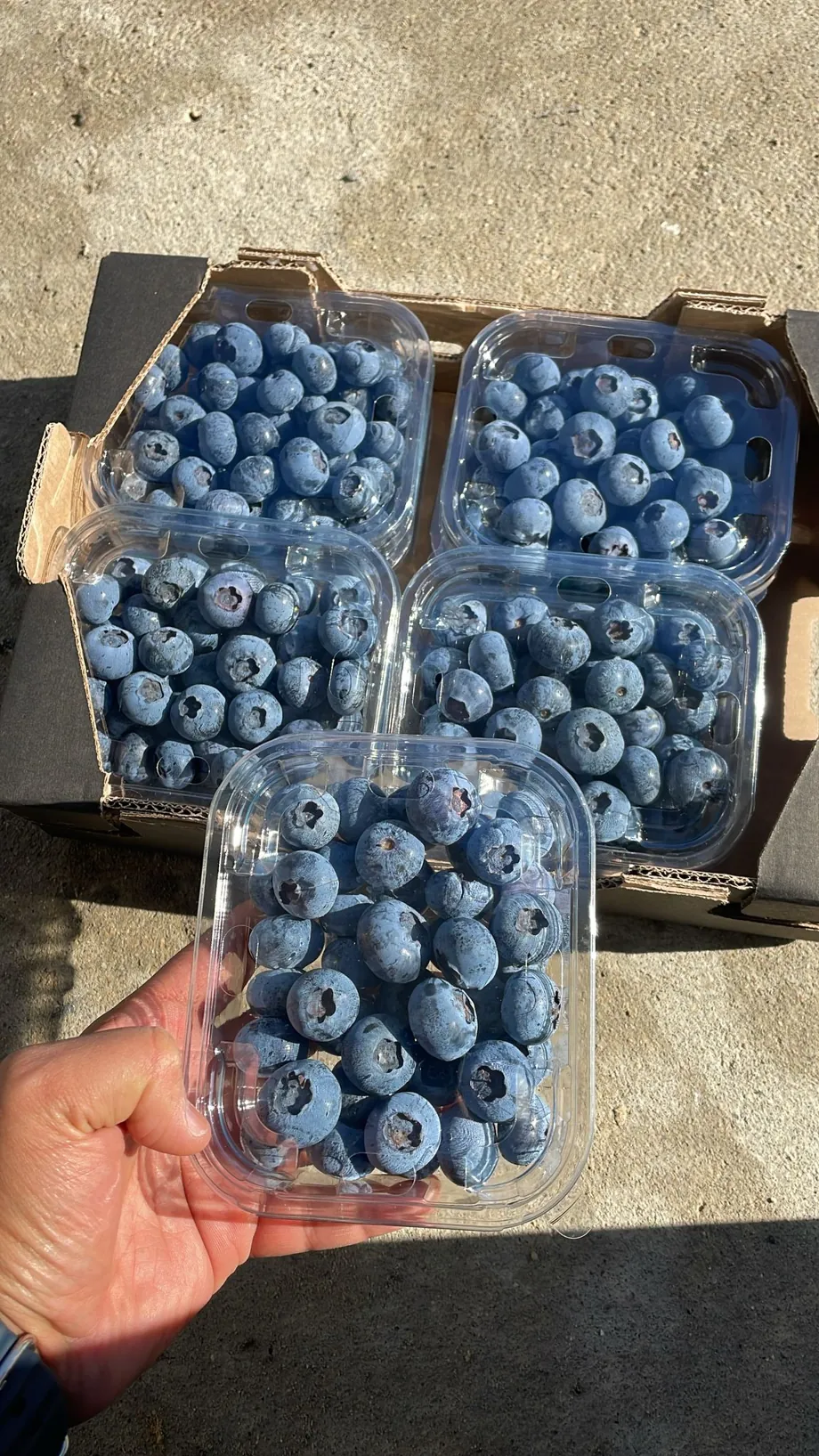 Gladiator Blueberry
Gladiator Blueberry
Driving efficiency through yield
Yield remains the backbone of grower profitability. Modern breeding looks beyond total tonnage to focus on marketable yield — fruit that meets size, shape and quality standards.
Stability across different climates and production systems is also critical.
Strawberries from UC Davis, such as UC Eclipse, reflect this approach. Their genetics support higher harvestable yield, reduced variability, and reliable performance across multiple environments.
For growers, this translates into improved efficiency, lower risk and better return on investment per hectare.
Extending shelf life
With supply chains becoming more global, shelf life is essential. Longer firmness, reduced leakage, and resistance to post-harvest diseases are priorities for breeders.
These traits are achieved by selecting for stronger cell walls, thicker cuticles, and slower respiration rates.
Examples include UC Davis strawberries, University of Georgia blueberries and Oregon Blueberry cultivars, all of which have been bred with superior storage and shipping qualities.
Longer shelf life reduces waste, enables wider distribution, and ensures consumers experience consistently fresh fruit.
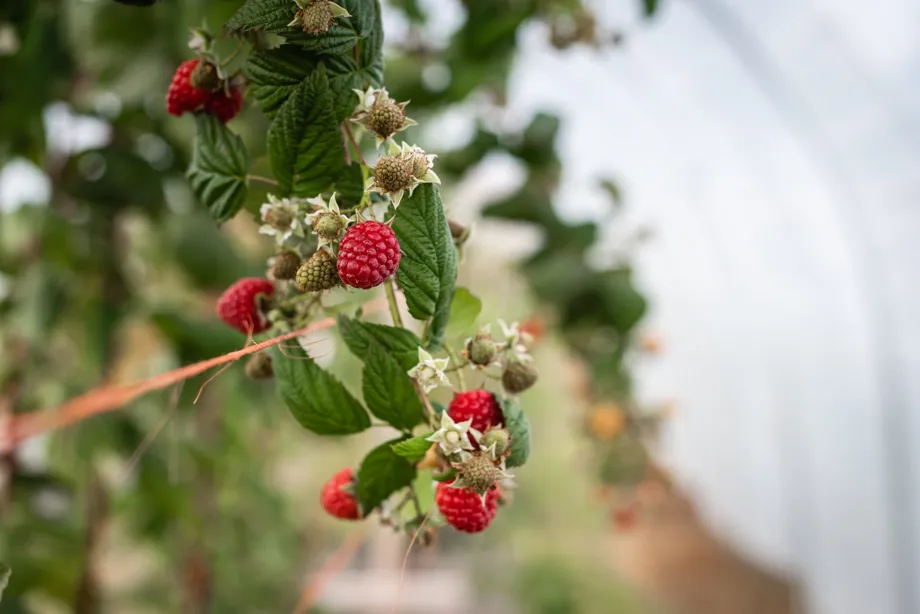 Skye Raspberry
Skye Raspberry
Tackling pests and diseases
Disease resistance is increasingly critical as chemical control options diminish. Breeders now rely on genomic tools and marker-assisted selection to integrate multiple resistance genes, providing durable protection against pathogens.
UC Davis strawberries, for instance, show resistance to major soil-borne diseases like Phytophthora and Verticillium.
Resistant varieties reduce pesticide use, lower costs and support environmentally responsible production, making them vital for both conventional and organic growers.
Reducing labour requirements
Labour availability and cost remain major challenges for berry production worldwide. Breeding programmes are addressing this by selecting for plant characteristics that reduce harvesting and management time.
Traits such as open canopies, uniform ripening, and thornless canes make varieties easier and faster to pick.
Cultivars such as UC Davis strawberries, University of Georgia and Oregon Blueberry selections, and the Von blackberry illustrate how plant architecture and fruiting habit can lower dependence on scarce seasonal labour.
 Von Blackberry
Von Blackberry
Adapting to new production systems
Production systems are also evolving, with long cane cultivation becoming more important in raspberries and blackberries.
Breeding for long cane suitability requires strong vigour, predictable cane growth and reliable yields after nursery conditioning.
The Von blackberry and Skye raspberry are examples of cultivars developed for this purpose.
Their adaptability to controlled production systems helps growers extend supply seasons, reduce weather-related risks and access premium markets.
Faster harvest cycles
Speed to harvest provides growers with strategic advantages, especially when targeting early-season markets.
Breeding for shorter cycles involves selecting genotypes with faster development from flowering to ripening without compromising size or quality.
The Tropical Blue blueberry is one such example, reducing the time to market and giving growers the ability to capture early price premiums or extend cropping schedules.
Conclusion
Plant breeding is no longer a background activity — it is a central driver of growth and resilience in the berry industry.
By focusing on flavour, yield, shelf life, pest resistance, labour efficiency and adaptability, breeders are delivering cultivars that address both grower and consumer needs.
These technical advances demonstrate how genetics are helping the sector navigate current challenges while preparing for the future.
Breeding ensures that berry growers worldwide can continue to operate sustainably, profitably and competitively in a rapidly evolving marketplace.

Jamie Petchell
Director Global Plant Genetics



